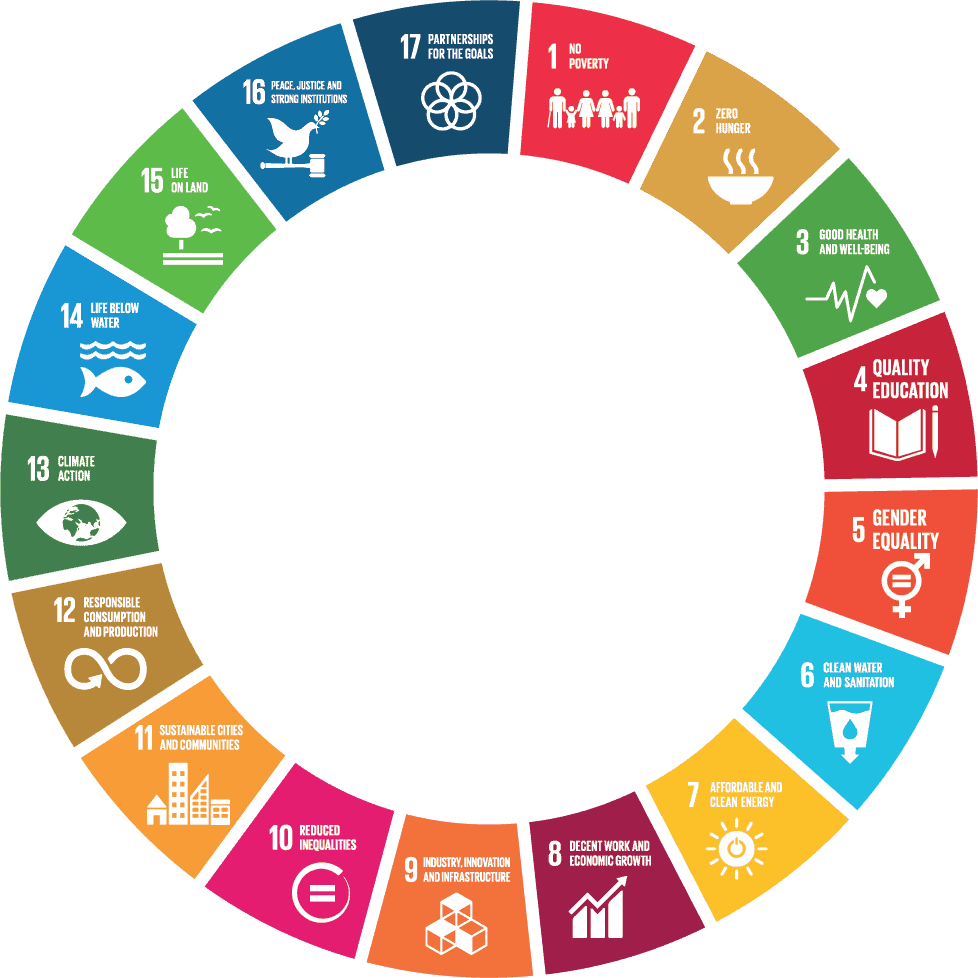There is an answer to this and it’s always been right in front of us. We’ve simply forgotten the name for it. This is the commons — the collective heritage of humanity — the shared resources of society and nature which we inherit from our ancestors, re-create and use in the present, and, hopefully, preserve for those who follow us into the future.
Whether those commons are traditional (rivers, forests, indigenous cultures) or emerging (solar energy, digital platforms, urban gardens), many communities are managing them through unique forms of self-governance and collaboration. And in working together to preserve these resources, we’re generating new standards of responsibility, mutual support and sustenance.
In this week’s reading, “Commoning as a Transformative Social Paradigm”, David Bollier discusses the social and cultural implications of the commons. Like the earlier David Schweickart article (Second Session) and the article on PROUT prior to that (First Session), Bollier calls for the creation of small-scale, cooperative markets, where the rights to our commons are realized for the benefit of all. I think that’s exactly right. If economic democracy is to have a future, it’s going to be through a vast, decentralized expansion of commons cooperatives across society.
Bollier also rejects capitalism — yet he doesn’t propose another way of measuring value that would replace or substitute for the present market system. He infers that a new metric is unwelcome, since market-logic has already captured the more analytic, left-side of our brains. This is a problem for the commons movement generally. Many people working for the commons are right-brained — intuitive and creative. Nothing wrong with that! You get a worldview that’s very inspiring … although not terribly quantitative.
In shaping its worldview — that everything is connected, so everything belongs to everyone — the commons movement blurs the important distinction between renewable and non-renewable resources. It also fails to show how the commons, the private sector and government could actually work together cooperatively. These are real stumbling blocks. As long as the commons lacks a practical system for measuring value, the idea of ‘common wealth’ will always be a metaphor receding into the future, ever out of reach.
Two Steps
So, this is where the EDA Research Team begins its analysis and action. We’re developing left-brained, evidence-based steps that derive from the right-brained, creative worldview of the commons — and we’re using this to identify data-driven social and economic policy.
Now, how do we actually move from the inertia of the present into this dynamic future? I want to discuss two basic steps that will shift us from our current dysfunctional system into the democratic management of our commons.
FIRST STEP: It’s vital that we focus on the differences between renewable and non-renewable resources. This is because renewable resources follow an entirely different rate of growth than non-renewable resources, which is something the market clearly does not take into account. This is why the ecological crisis is often called a market failure.
In the case of renewable resources — like fresh air, potable water, fertile soil, plants and animals — the usage rates of resources must balance their replenishment rates. This is fundamental biological science. Our goal is to encourage communities to measure their local resource yields to determine how much resources are available to meet the needs of the current and future population.
In the case of non-renewable resources like fossil fuels, natural gas and minerals — their usage must be slowed at a different rate, because they cannot be replenished. Here, the goal is for communities to create a cap to preserve these commons for future generations, while allowing sufficient amounts for production to meet the needs of people in the present.
In comparing the availability of resources with the human need for them, we are able to determine the self-sufficiency and sustainability of a population within a given area. This linkage is called carrying capacity. It creates an empirical measure that enables communities to apply the principles of biological design to social organization.
So, then, how would society be restructured to use this science of carrying capacity as a basis for its economy? Bollier divides society into three areas: the commons, private sector and government. These categories are useful in identifying the basic outlines of a future society, but really don’t show us how the social infrastructure will change very much from the present system.
SECOND STEP: We need to take a closer look at the roles and linkages between business, government and the commons, as they are described in the three-tiered economy of PROUT. Think of the following as a flow chart which traces how the metric of common wealth, generated by carrying capacity, moves through society to create an economic, social, cultural and ecological whole.
First, there are commons cooperatives — medium-sized agencies comprised of local and regional citizens. Commons cooperatives are where most of society’s production and commerce take place. They keep track of the region’s carrying capacity, and make democratic decisions on how to regenerate renewable resources and protect non-renewable resources. In many cases, these commons cooperatives will determine a cap to protect scarce resources for the future.
Next, after setting aside a percentage of a resource for future generations, these cooperatives rent an agreed portion of this resource to privately-owned, small businesses. This private sector, comprised of individual entrepreneurs, extracts and processes the resources made available outside of the cap, and then sells them as products. As in our present system, these small businesses make profits, on which they pay a tax to government.
In turn, government recirculates these tax funds to citizens as basic income. This provides all people with a basic level of sustenance. (Think about this: the measured value of carrying capacity has now circulated with intentionality from the commons, to the cooperative and the citizens who manage it, through business, to government and back to the citizens.)
Now finally, the rental income which commons cooperatives received by renting the commons to small businesses, is spent on the replenishment and maintenance of renewable and non-renewable resources. This restores ecological balance to the region.
Thus, the circuit of common wealth reconnects with where it began — in the commons itself. Here you have a conscious, self-sufficient, dynamic balance, where society maintains the metabolism of its habitat in the same way that any living organism — such as a human body — assimilates water, air, nitrogen and carbon through its own individual parts.
Imagine this evolutionary process applied in the management of various kinds of commons—crops, lakes, streams, aquifers, oceans, fisheries, wildlife, forests, climate, fossil fuels, mines, manufacturing, computing, digital codes, intellectual property, transportation, infrastructure, solar energy, healthcare, education, arts and similar commons.
When society taxes the value that we take from an ecosystem—rather than value added through the producer/retailer markup of goods or a consumer sales tax like we have today — common wealth flows more freely and purposefully through society, just as nutrients and neurons of energy circulate within a living being. No externalities, no waste, no inequality.
Sovereign power and wealth no longer consolidate at the top of a social pyramid. Democratic decisions for resource management are now decentralized among consumers and producers on the ground, generating a new economic relationship with business and government, based on equity, diversity, social cohesion, well being and sustainability.
These two steps rely on metrics that generate practical, collective action. Both are based on carrying capacity — the optimal balance between available resources and the needs of a population for those resources.
EDA’s Our Common Good Conference: May 26-29, 2017
The EDA conference, at Prama Institute in Asheville, NC, will introduce the carrying capacity of the commons, as well as the data-driven measures for social action which emerge from this. Members of the EDA Research Team will also explain a technique for measuring food carrying capacity and provide case studies from their own regions.
The EDA Research Team — Sara Avery, Terry Blatt, David Cunningham, Patti Ellis, Elizabeth Gasek, James Kolb, Susan Leigh, Mildred Masonet, Greg Pace, Anthony Robinson — will be there to answer your questions. And if you are interested in joining this research group, you can do that at the conference as well.\
I do hope you will be with us in Asheville for this engaging event!

James Quilligan has worked in the fields of international development and monetary policy for forty years. He has been an advisor to more than fifty national governments and many international organizations, including the G7, UN and IMF.

